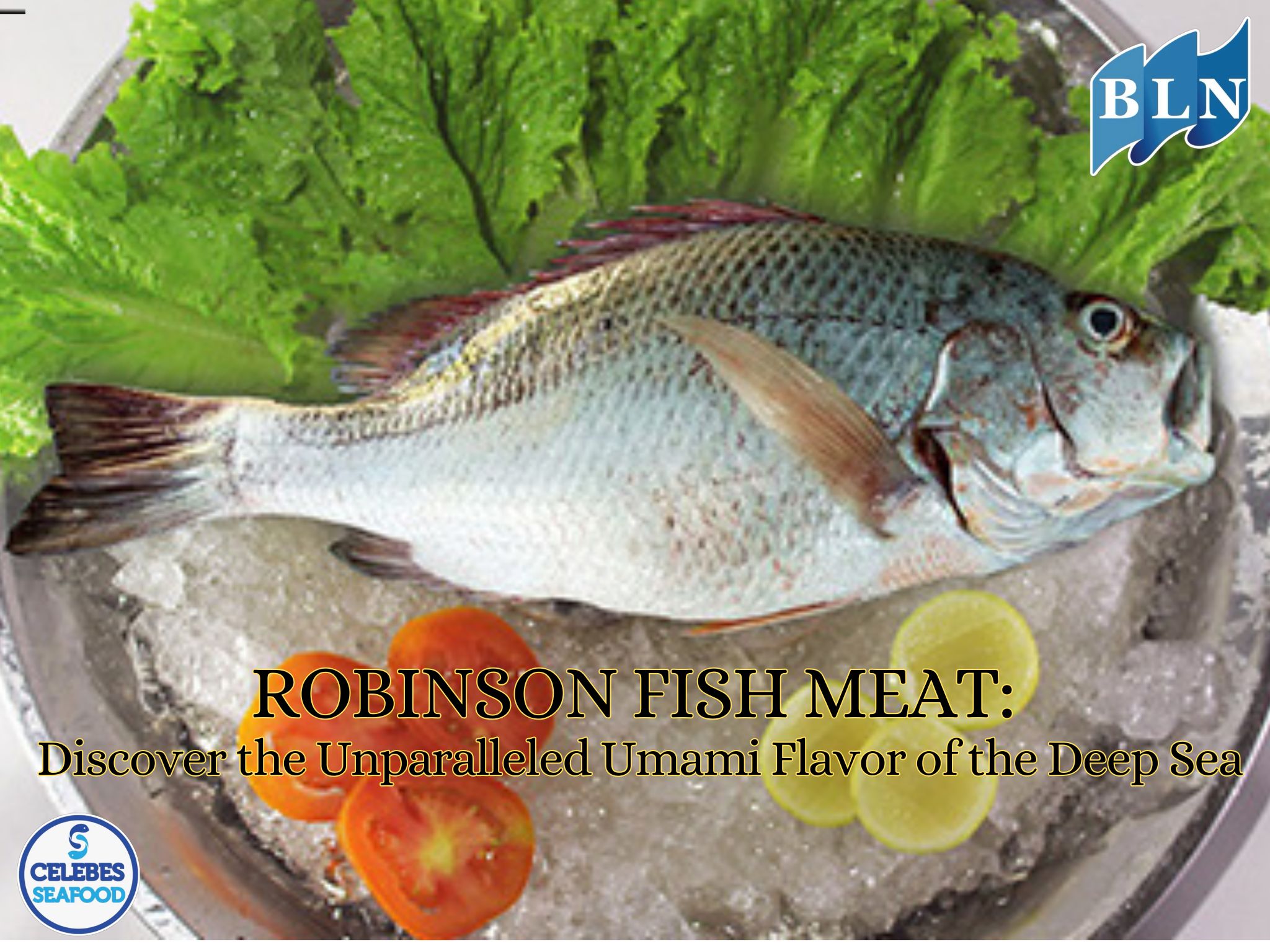Sea Urchins: Thorny Guardians of the Ocean Ecosystem
By. Rani - 23 Jul 2025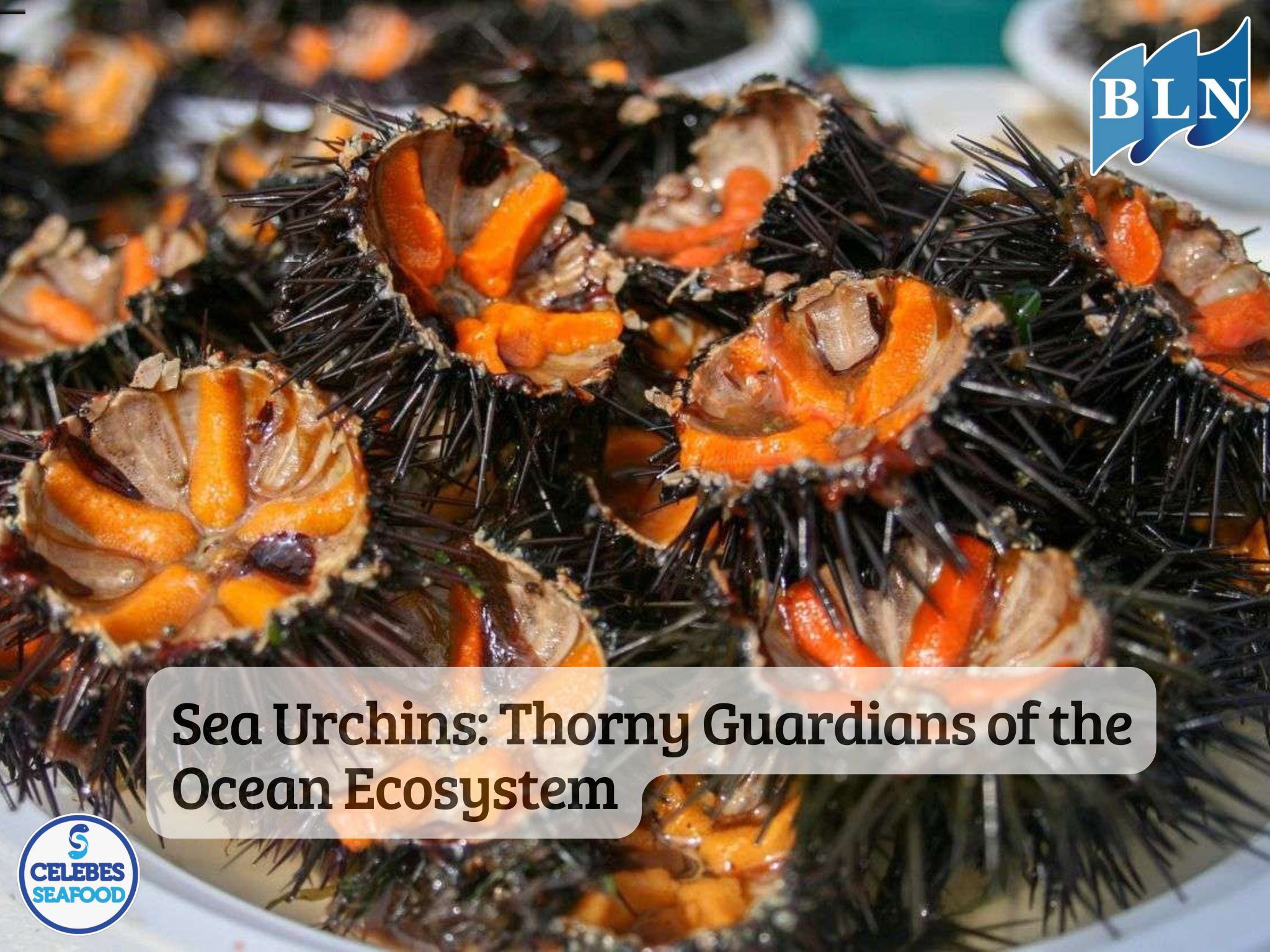
lautnusantara.com Sea urchins, seemingly simple marine animals with sharp spines, play a vital, yet often controversial, role in marine ecosystems, particularly coral reefs. Their presence can be a blessing or a disaster, depending on the balance of the environment and their populations. This article will delve deeper into sea urchins, from their characteristics, role in the ecosystem, to threats and conservation efforts.
Sea urchins (Echinoidea) are a group of marine animals belonging to the phylum Echinodermata, closely related to starfish and sea cucumbers. These animals have round or flat bodies covered with sharp, mobile spines. These spines serve as protection from predators and also aid in movement. The length and sharpness of the spines vary depending on the species. Some species have short, blunt spines, while others have long, extremely sharp spines that can cause serious injury to humans.
Sea urchins have mouths located on the underside of their bodies, equipped with a complex structure called "Aristotle's lantern," which they use to chew algae and other small organisms. They also have an ambulacral system, a system of water channels used for locomotion and food intake. This system allows sea urchins to move slowly but effectively along the seabed.
The Role of Sea Urchins in the Ecosystem: The Dangerous Grazers
Sea urchins act as primary herbivores in many coral reef ecosystems. They consume algae and other marine plants, preventing algae from overgrowing and smothering coral. In balanced populations, sea urchins help maintain coral reef health by preventing the growth of algae that can damage coral. They are like "grazers" who maintain the balance of vegetation on coral reefs.
However, when sea urchin populations increase dramatically (called a population explosion), they can pose a serious threat to coral reefs. Excessive numbers of sea urchins deplete algae and other marine plants, leaving coral reefs bare and vulnerable to damage. This condition is called a "barren reef," and is an indicator of severe coral reef ecosystem damage.
Read Also : Export Potential of Wahoo Fish Products From Indonesia
Threats to Sea Urchins and Their Ecosystem
Sea urchin populations can be influenced by various factors, including:
- Overfishing: Some species of sea urchins are caught for seafood consumption. Overfishing can drastically reduce sea urchin populations, disrupting the balance of the ecosystem.
- Climate Change: Climate change, such as global warming and ocean acidification, can affect the growth and development of sea urchins, as well as their habitat.
- Marine Pollution: Marine pollution, such as industrial and agricultural waste, can damage water quality and affect the health of sea urchins.
- Natural Predators: Natural predators of sea urchins, such as pufferfish and starfish, also play a role in controlling sea urchin populations. A decline in natural predator populations can lead to an urchin population explosion.
Sea Urchin Conservation and Management Efforts
To maintain the balance of the coral reef ecosystem and prevent damage caused by the explosion of the sea urchin population, several conservation and management efforts need to be carried out:
- Catch Management: Sustainable implementation of catch regulations, including size limits and catch quotas, is essential to maintaining sea urchin populations.
- Habitat Protection: Protection and restoration of coral reef habitats is essential to provide a safe place to live for sea urchins and other marine organisms.
- Population Monitoring: Regular monitoring of sea urchin populations can help detect potential population explosions early and take appropriate action.
- Biological Control: The use of natural predators of sea urchins can be an environmentally friendly alternative to population control.
- Research and Education: Further research into the biology of sea urchins and their role in the ecosystem is essential. Public education about the importance of maintaining the balance of coral reef ecosystems is also essential.
Sea urchins, despite their seemingly unassuming appearance, play a vital role in coral reef ecosystems. Their presence, in balanced numbers, is highly beneficial for coral reef health. However, an overpopulation of sea urchins can pose a serious threat. Therefore, sustainable conservation and management efforts are crucial to maintaining ecosystem balance and preserving the beauty of coral reefs for future generations. Collaboration between governments, researchers, and the community is essential to achieving this goal.
If you are interested in our WAHOO NATURAL CUT FILLET SKIN ON, WAHOO QUARTER CUT FILLET SKIN ON please do not hesitate to contact us through email and/or whatsapp.
 in Coral Reef Ecosystems.jpg)
.jpg)


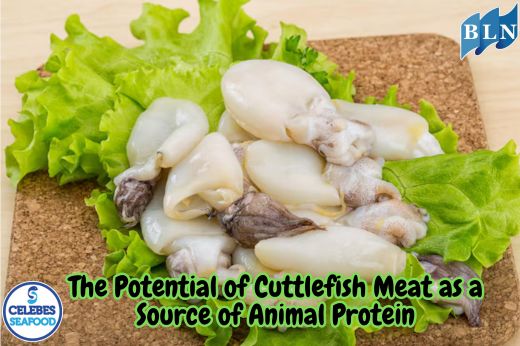
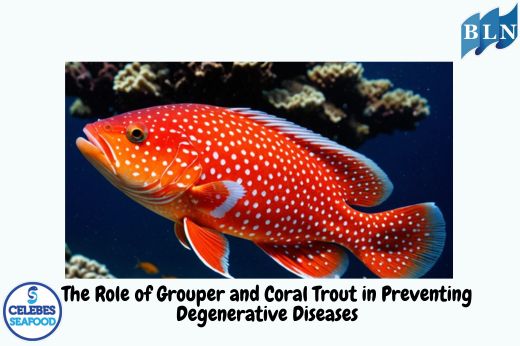
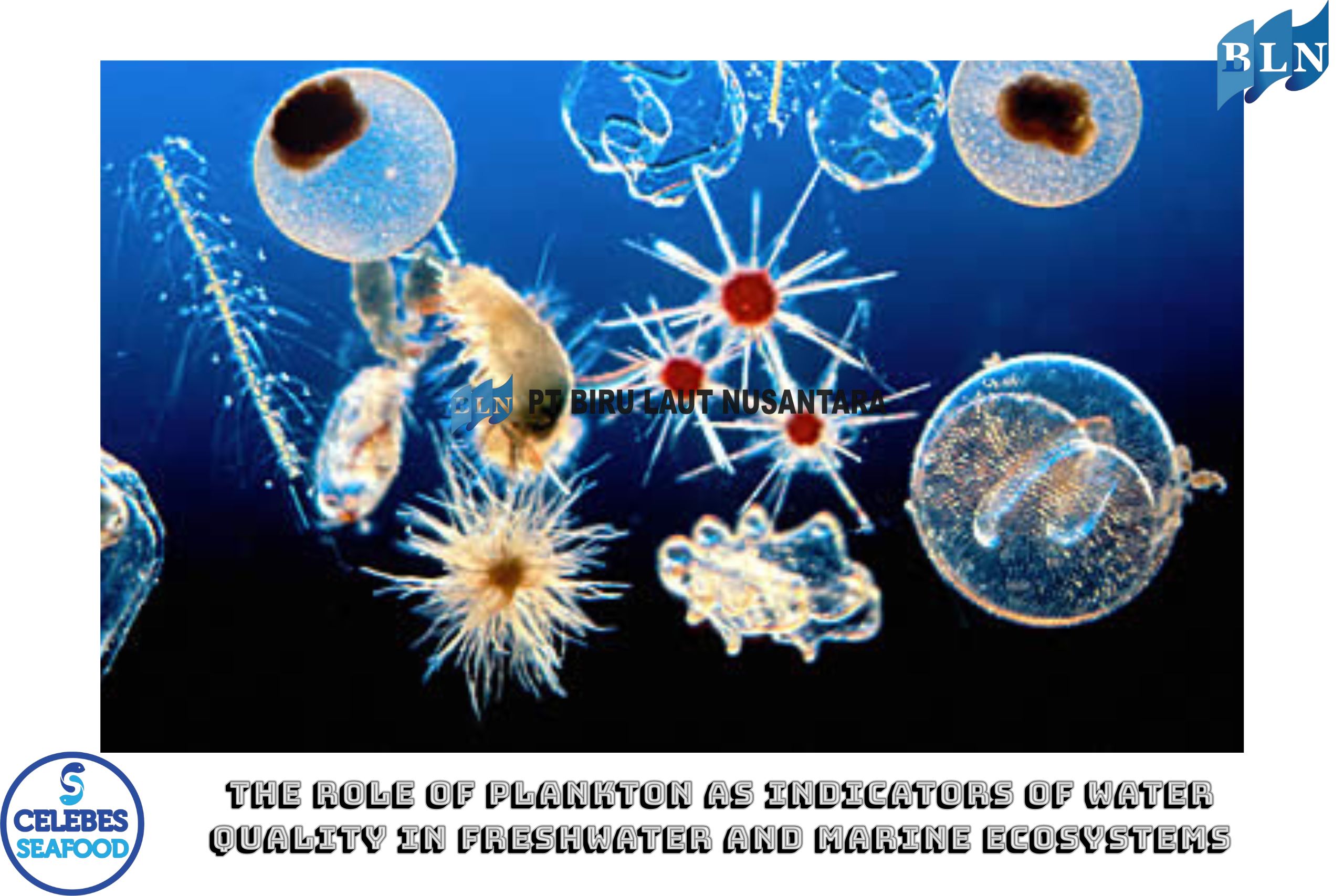
 and Its Impact on Indonesia's Maritime Economy.jpg)
